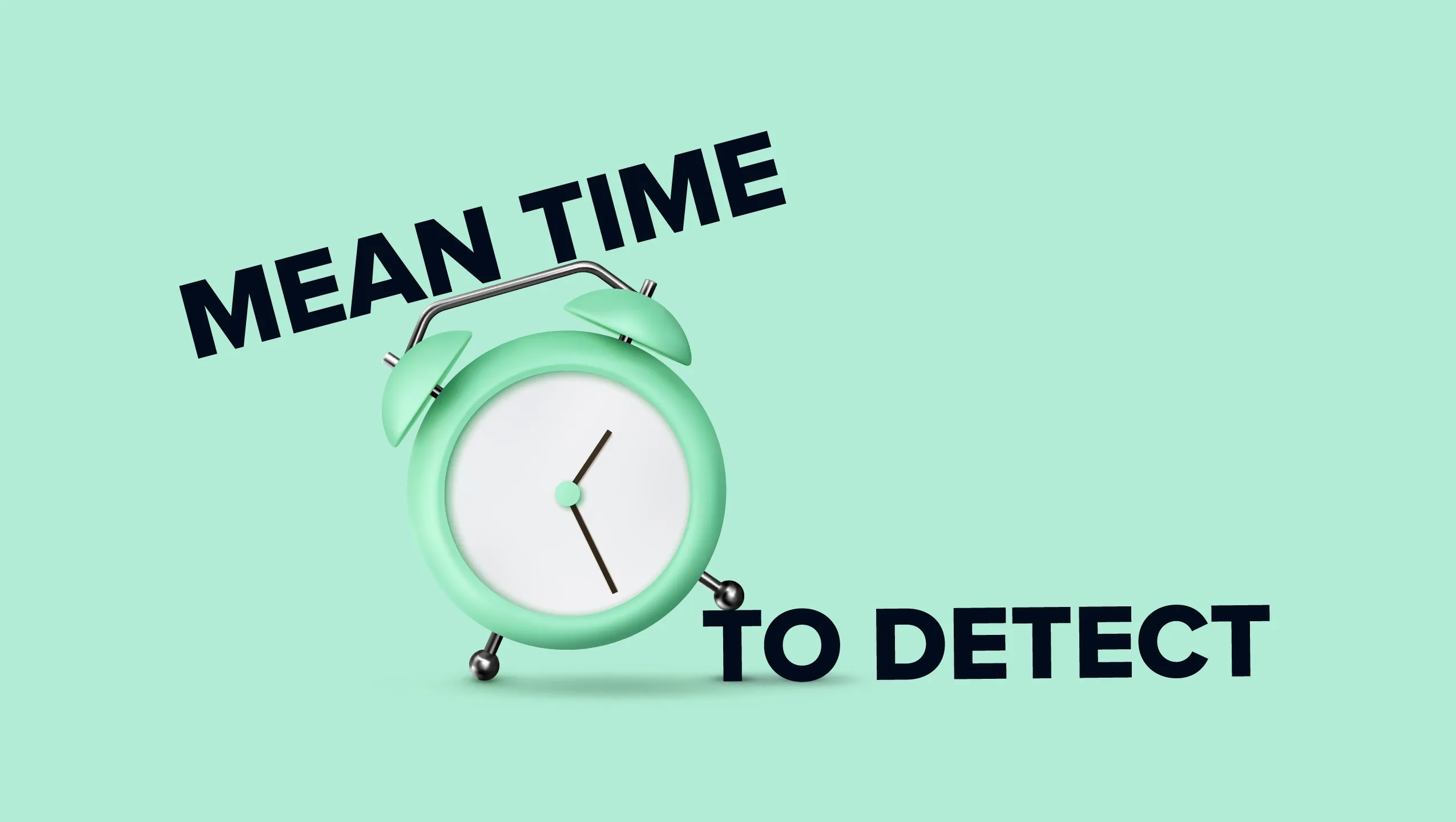
Table of Contents
Significance of Mean Time to Detect (MTTD)
Challenges in reducing the MTTD
Benefits of adopting Cyber Fusion
Conclusion
View More guides on Cyber Fusion


How Cyber Fusion Improves Mean Time to Detect (MTTD)
- Cyber Fusion
Posted on: April 04, 2022

Security operations are dynamic in nature. From one day to the next, the key threats facing an organization can change drastically. The discovery of new security weaknesses can impact an organization’s security posture and make life difficult for security teams. However, if security teams have the right people, processes, and technologies in place, they can detect and mitigate threats rapidly and effectively. For the optimum performance of their security teams, organizations need to track and improve upon key performance metrics.
Significance of Mean Time to Detect (MTTD)
In the typical incident management lifecycle of any organization, there are several stages (shown in the diagram below) starting from preparation, followed by detection & analysis, to containment, eradication, & recovery, and post-incident activities.
There are often significant time gaps and operational gaps between these different stages of the lifecycle, which can result in the lackluster performance of security teams. Thus, it becomes crucial to track how much time it takes to detect, contain, and respond to an incident. This makes the Mean time to detect (MTTD) one of the key performance metrics in security incident management. It refers to the average amount of time it takes for an organization to discover—or detect—a security incident. The sooner an incident is discovered, the easier it becomes to curb the threat or minimize its impact.
The performance of detection and response activities relies on the efficacy and efficiency of the people, processes, and technologies involved in it. However, several challenges lie in the way of early detection of threats.
Challenges in reducing the MTTD
While security events or incidents are typically first logged through firewalls, endpoint detection tools, or network monitoring systems, there are several steps before the telemetry reaches the hands of security analysts. Security event data is collected from these tools and passed on to a centralized solution like a SIEM tool from where it gets flagged as an incident. This flow of security data may not always be instantaneous.
In case the incident is promptly detected, it still does not guarantee an immediate response. Even after an incident is recorded, it can take time before it is assigned to an analyst and before the investigation begins due to time or resource constraints for security teams. Therefore, the actual detection time can range from several minutes to multiple hours as well.
Furthermore, due to the technological and operational gaps in this process, there can be blind spots in detection. Certain kinds of assets in an organization’s network may lack endpoint controls to detect intrusions. This means attackers can infect that asset, move laterally across the network, and cause greater havoc before the incident is discovered and mitigated. Thus, detection capabilities may be quite poor in such cases of technological blindspots.
The time taken from tool-based detection to human intervention for containment, triage, and response varies based on an organization’s distinct technology infrastructure and security priorities. It is, however, paramount to reduce MTTD in order to stop attackers in their tracks and prevent any data theft or a major disruption in operations.
Benefits of adopting Cyber Fusion
A Cyber Fusion Center (CFC) fundamentally elevates the threat detection and response capabilities of an organization by leveraging threat intelligence operationalization as well as security orchestration and automated response (SOAR).
To address the aforementioned challenges in bringing down the MTTD, cyber fusion connects the disparate elements of security operations and brings them under a single umbrella.
- Security orchestration: Through advanced SOAR capabilities, a CFC provides unparalleled interoperability among different security tools and technologies across the cloud and on-premise infrastructure. This results in the collation of security data from multiple sources to provide accurate threat analysis and correlation to uncover hidden attack patterns.
- Threat enrichment: Cyber fusion provides the link connecting TIP and SOAR solutions with the SIEM, EDR, Antivirus, and other detection technologies, thereby providing a single-source-of-truth for rapid and accurate threat detection through real-time threat intelligence enrichment and data flow orchestration.
- Threat intelligence operationalization: Apart from integrating different security functions, a CFC also injects threat intelligence into the incident management lifecycle. This results in quicker detection of a variety of malware, vulnerabilities, breaches, and other threats through the use of strategic, technical, tactical, and operational threat intelligence.
- Proactive threat correlation: A CFC correlates insights from real-world incidents and attack campaigns with internal security telemetry to surface anomalies and hidden threats. This can allow for proactive detection of threats as organizations can prepare their defenses in advance through automated SOAR workflows to reduce the need for human intervention to complete the detection loop.
- Easier workflow management: Lastly, a cyber fusion center also includes seamless incident/case management capabilities that make it easier to assign incidents, and schedule and track investigations by security analysts.
Together, these capabilities result in rapid threat detection and a consequent reduction in MTTD.
Conclusion
Cybersecurity is a key operational issue for all organizations today. With an ever-growing list of cyber threats to defend against, organizations need the ability to quickly identify any malicious activity in their systems and networks. While a variety of solutions are deployed for this purpose, they often lack the integration and interoperability needed to ensure they work in harmony with each other to ensure fast and accurate detection of threats. Cyber fusion changes the status quo through security integration, SOAR capabilities., and threat intelligence operationalization. By adopting cyber fusion, organizations can reduce their MTTD along with other KPIs for their security operations.



